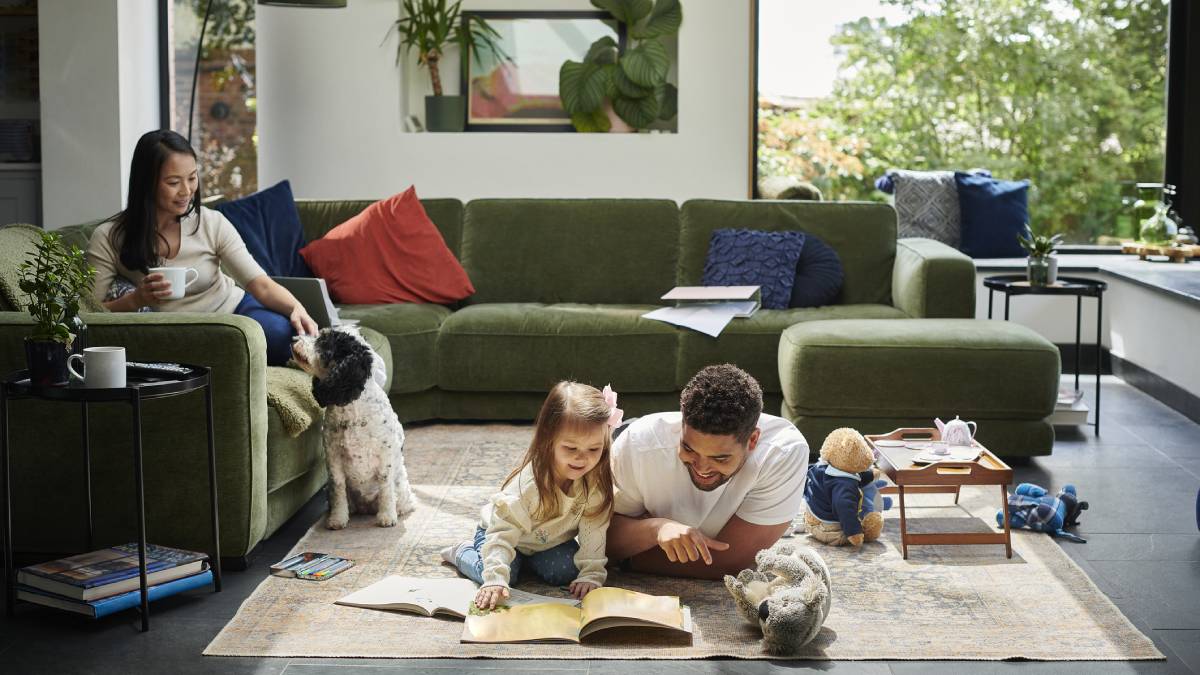
Learn the Indicators of a Carbon Monoxide Leak?
Carbon monoxide (CO) is called the “silent killer” for a reason. It’s invisible, odorless and tough to notice without the right tools. If it builds up in your home, it can quickly become a serious threat for you and your family. So, how do you protect yourself against something you can’t see, smell,or taste?
The key is to use carbon monoxide detectors. These alarms are the first line of defense, alerting you to the presence of CO gas before the situation becomes life-threatening. But aside from a detector going off, how can you recognize if there’s a carbon monoxide leak in your home? These are 10 signs to watch out for.
Weaker or No Draft in Your Chimney
Staying on the topic of chimneys, a properly working one should have the steady pull to fully remove smoke and other fumes. If you detect reduced ventilation or even no draft at all, the chimney may be clogged, sending carbon monoxide backward.
Solid Fuel Fires Burn More Slowly
In situations where your wood- or coal-fired stove starts taking longer to burn or has trouble maintaining a flame, it could have a ventilation issue, raising the risk of CO buildup.
Condensation on Windows Closest to Appliances
If you see heavy condensation on your windows, namely near a combustion-based system like a gas fireplace, this could indicate that ventilation isn’t working properly. While humidity or condensation itself doesn’t always mean CO, this still deserves a closer look.
Discolored or Flickering Flames
All appliances that use gas should produce a steady blue flame. When the flame is weak and yellow (and you don’t have a decorative gas fireplace), it means the gas has combustion issues and may be emitting carbon monoxide.
Brown, Sooty Stains
Similarly, combustion-based appliances should have clean, clear exhaust. If you see brownish-yellow or dark stains around a heating system, fireplace or boiler, combustion isn’t happening as it should. This may point to a carbon monoxide leak.
Soot in or Around the Fireplace
Your fireplace vent should remove smoke and other gases up and out the chimney. Noticing more soot or grime is cause for concern, especially if there’s an unusual amount. A blocked chimney vent could be why carbon monoxide is coming back into your home.
Exhaust Fumes Appear Indoors
If you can notice exhaust indoors, you are at risk of carbon monoxide leaks. Gas-burning items like cars, charcoal grills and generators should exclusively be used outdoors to avoid the buildup of exhaust fumes indoors.
Prevention and Safety Tips
Prevention is always better than a cure, especially when it comes to carbon monoxide. For the most basic safety, ensure you’ve installed carbon monoxide detectors in appropriate places. Building codes require them outside every bedroom, on each floor of your home and in rooms with appliances like a gas stove or water heater.
For an additional safety measure, it’s smart to set up interconnected detectors so that whenever one goes off, all of them will sound. Perform monthly testing and replace them as needed, generally every five to seven years.
In addition to having enough carbon monoxide detectors, follow these safety tips:
- Hire a professional to regularly inspect your heating system, fireplace and all other fuel-burning appliances.
- Avoid using grills, backup generators or similar equipment indoors or in enclosed spaces.
- Run the kitchen exhaust fan if you’re cooking with a gas-fired oven or stove, and avoid using these appliances as a heat source.
Common Health Symptoms of CO Poisoning
If you fail to notice the initial warning signs of a carbon monoxide leak in time, the next clue may soon come from your health and well-being. Symptoms of CO poisoning can be:
- Flu-like symptoms
- Headaches
- Dizziness
- Nausea or vomiting
- Shortness of breath
- Confusion
- And fatigue
If you or anyone in your family starts getting sick, especially combined with any of the above signs, move outdoors immediately and contact emergency services.
Canyon State Air Conditioning, Heating & Plumbing Can Help Keep Your Household Safe
At Canyon State Air Conditioning, Heating & Plumbing we know the dangers of carbon monoxide gas. That’s why our team offers reliable and effective services for your heating and ventilation needs. Our goal is to keep your home comfortable, cost-effective, and most importantly, safe and secure. Please contact us today to confirm you have the best precautions against carbon monoxide leaks.

